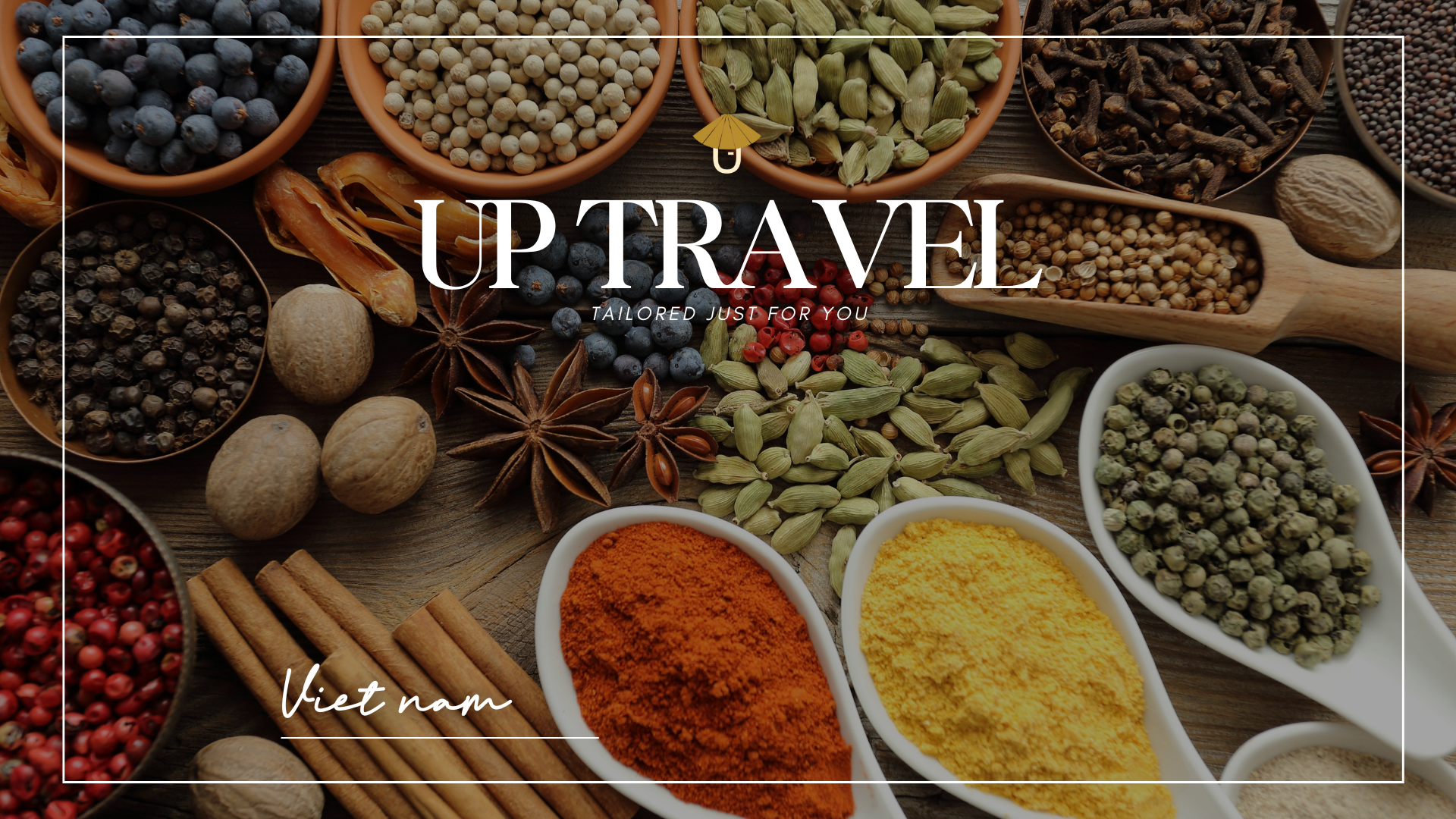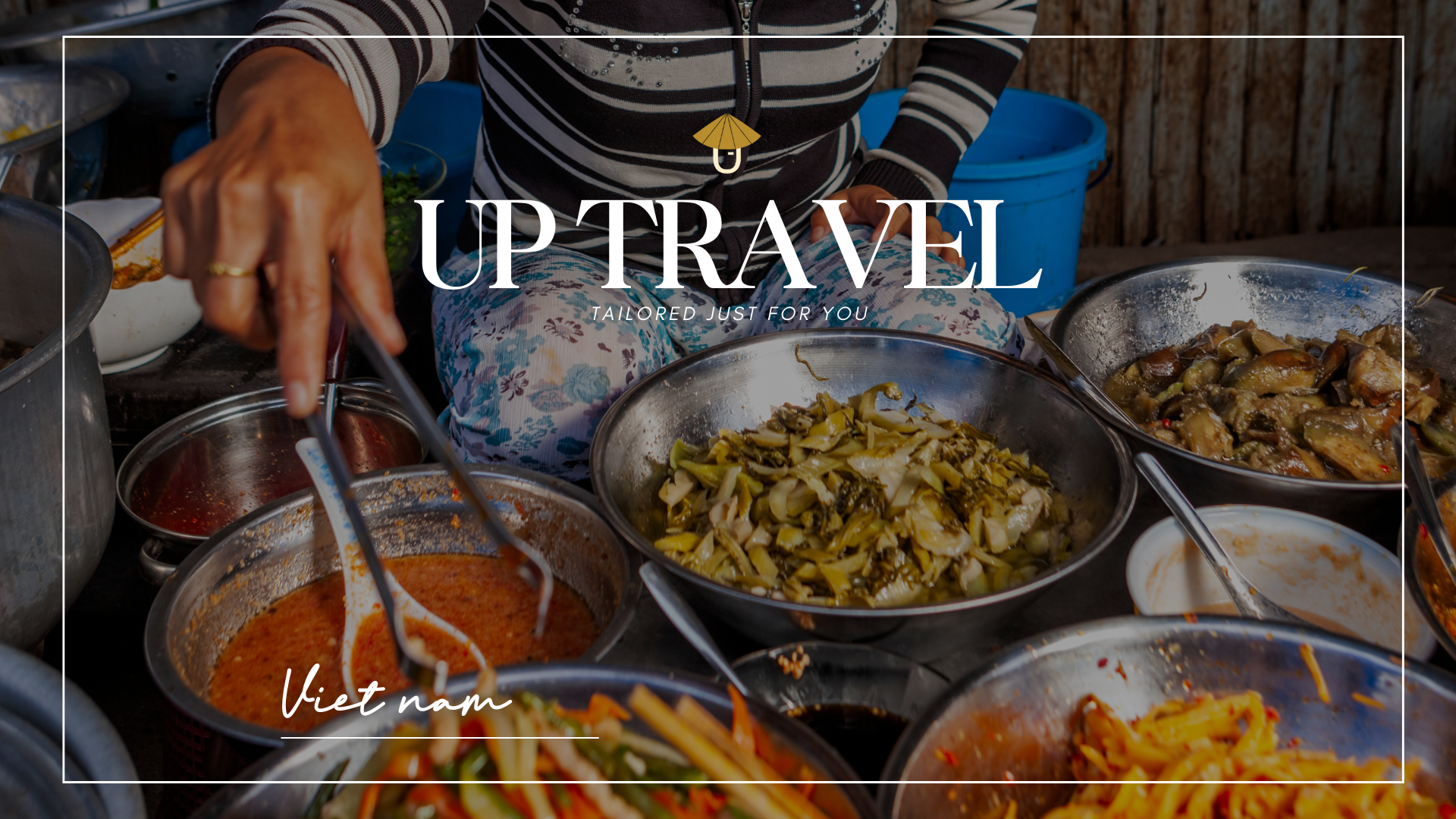The Philosophy Behind Vietnamese Cuisine
Vietnamese cuisine is celebrated worldwide for its bright flavors and fresh ingredients, but to truly understand its magic, one must look beyond taste. Each bowl of "pho", plate of "goi cuon", or scoop of "bun rieu" carries within it centuries of philosophical thought—principles that illuminate how food connects us to nature, community, and our deepest selves. In Vietnam, cooking and eating are acts of harmony, where every ingredient, ritual, and presentation embodies a worldview that nourishes not just the body, but the mind and spirit as well.
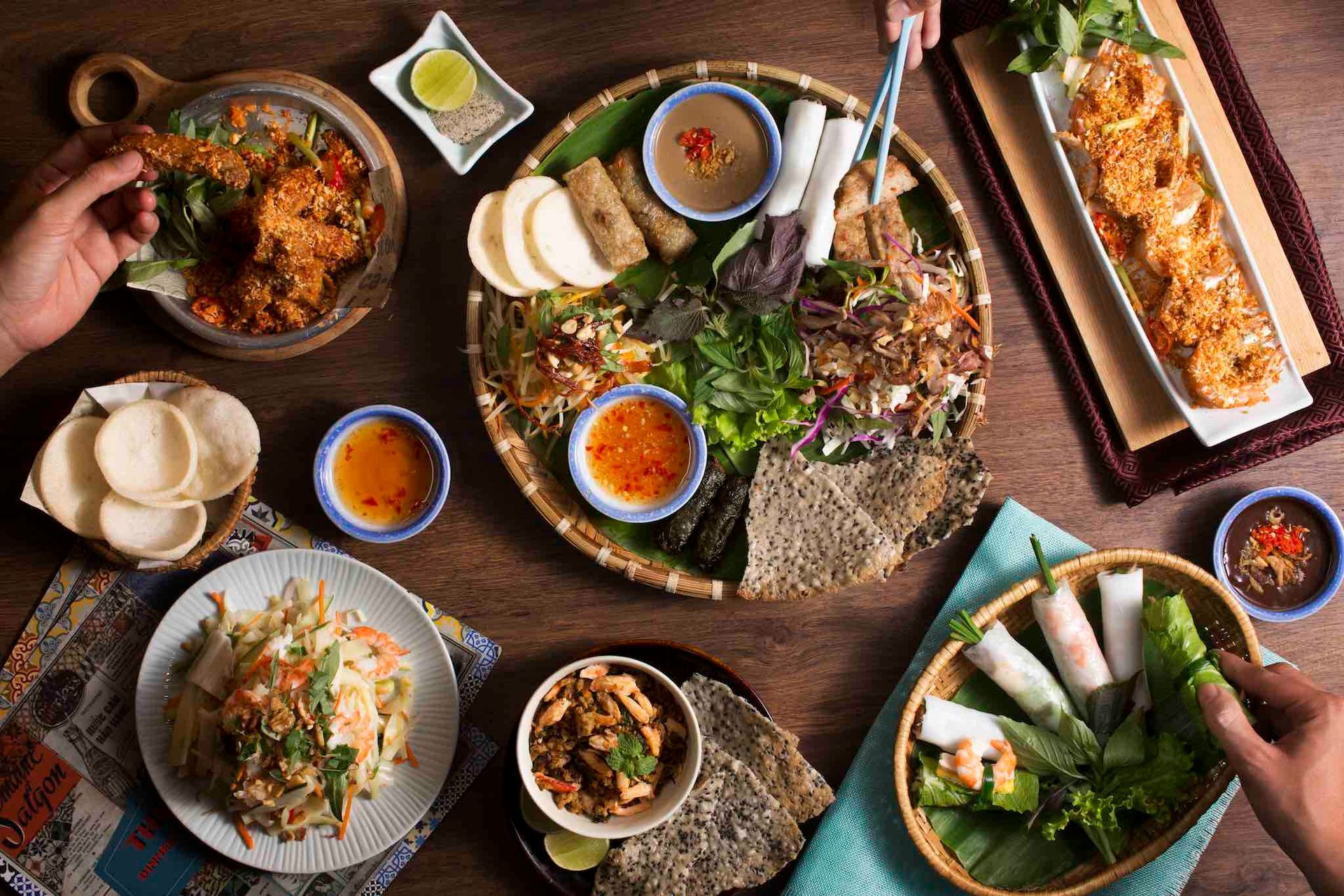
Balance as a Way of Being
At the very core of Vietnamese cooking lies the Taoist ideal of yin and yang—the interplay of opposite forces that, when held in equilibrium, bring peace and vitality. This is not an abstract theory but a practical guide to everyday meals. A single Vietnamese table often features several dishes: a warming soup, cooling salad, savory stir‑fry, and light fresh rolls, all designed to balance heat and coolness, richness and crispness.
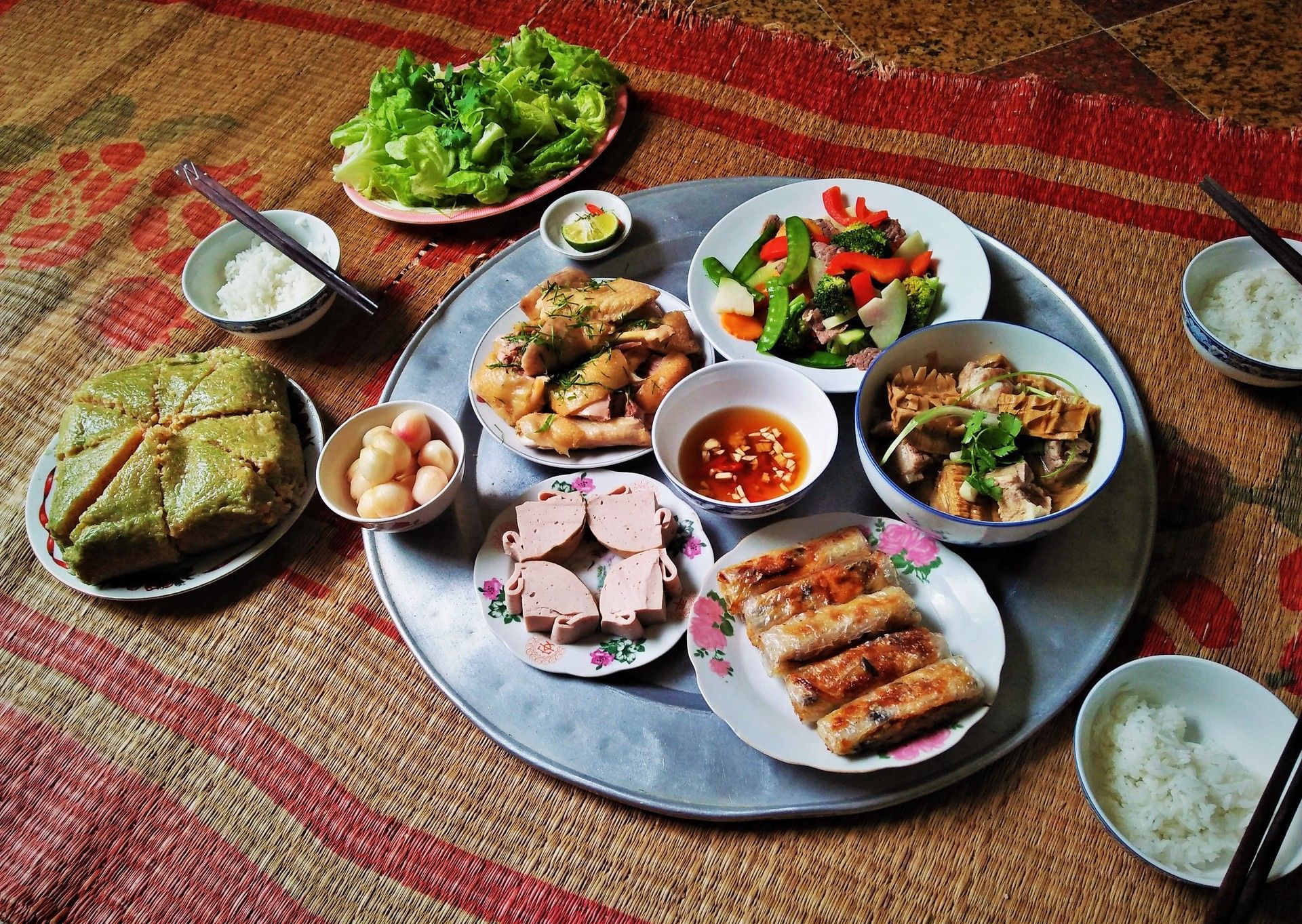
Consider the ritual of seasoning "nuoc cham", the ubiquitous dipping sauce. A careful pour of fish sauce (salty/yang) is brightened by lime juice (sour/yang), tempered with a whisper of sugar (sweet/neutral), lifted by minced chili (spicy/yang), and rounded by crushed garlic (pungent/yang). Yet the final balance delights the palate rather than overwhelms it. In every sip and dip, you taste a philosophy that the good life is found not at extremes, but in the gentle dance between them.

Nature’s Gift and Seasonal Wisdom
“Mua nao thuc nay”—eat what’s in season—echoes through Vietnamese kitchens as both guidance and gratitude. In Vietnam’s fertile deltas and misty highlands, farmers and fishers grow and harvest ingredients in harmony with land and sea. Spring brings tender bamboo shoots and morning glory; summer yields rambutan, mangosteen, and ocean‑fresh shrimp; autumn welcomes persimmons and green rice cakes; winter stews bubble with taro and ginger.

This seasonal cycle is more than culinary convenience; it is an intimate dialogue with nature. In each region, specialties arise from local bounty—central Vietnam’s spicy bun bo Hue, southern Mekong Delta’s fish‑based canh chua, and the north’s hearty bánh cuon. By honoring seasonality, Vietnamese cooks ensure that every meal aligns the eater’s body with the rhythms of the earth, promoting resilience and well‑being.
Vietnamese meals are never solo performances—they are communal symphonies. Family‑style dining invites everyone to the table, where dishes are placed at the center, and diners reach with chopsticks and spoons in a graceful choreography of give‑and‑take. This style of sharing reflects Confucian values of filial piety and social harmony, reinforcing bonds between generations and neighbors alike.
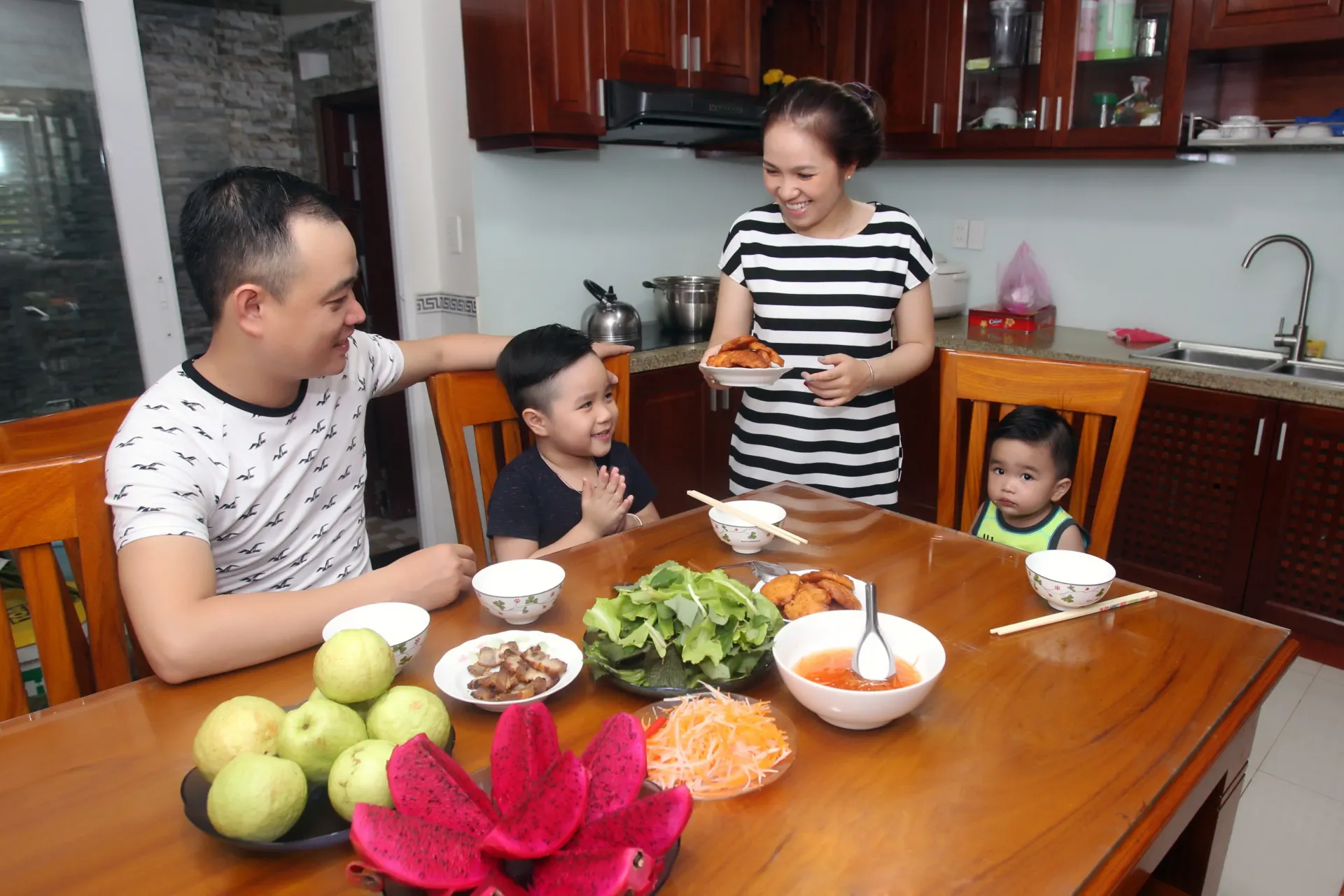
Imagine a countryside courtyard at dusk: a long wooden table under strings of lantern light, grandparents passing plates to grandchildren, stories unfolding between mouthfuls of caramel‑glazed pork and stir‑fried greens. Each exchange—offering a bowl of rice, refilling a friend’s tea—embodies respect and generosity. In Vietnam, the act of feeding another is a declaration of care, and the laughter that follows a shared watermelon marks the sweetest seasoning of all.
Mindful Eating as Spiritual Practice
Guided by Buddhist mindfulness, many Vietnamese approach meals with calm awareness. Before eating, it is customary to pause, bow, and acknowledge all who contributed—from farmers who tilled the soil to cooks who stirred the pot. This moment of gratitude transforms eating into a sacred rite, inviting presence and reverence.
During temple festivals, monks partake in walking meditations before sitting for a vegetarian meal. The hush of the pagoda, the deliberate rustle of robes, and the gentle clink of bowls remind diners that every flavor, every texture, is a gift. Chewing slowly, savoring ginger’s warmth or mint’s coolness, practitioners cultivate a deep connection between body and breath—a reminder that true nourishment flows from mindful appreciation.
Aesthetic Harmony: Beauty on the Plate
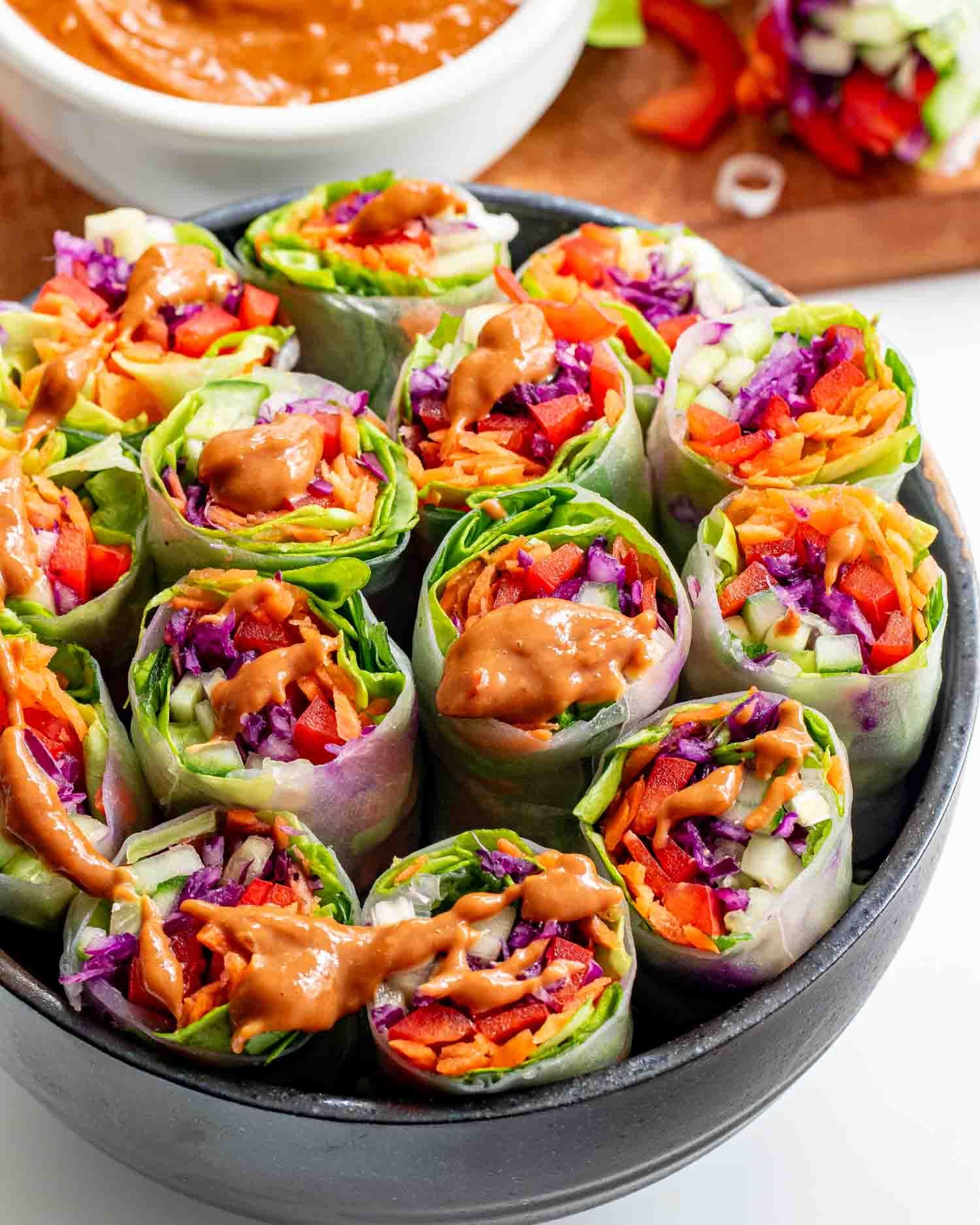
This attention to aesthetics honors the belief that beauty uplifts the soul. Just as a lotus blooms in mud, a well‑presented meal transforms humble ingredients into a celebration of life. When diners admire a dish’s artistry, the act of eating begins with wonder and respect, setting a tone of gratitude that makes the first bite all the richer.
Adaptation, Resilience, and Culinary Identity
Vietnamese cuisine is a living tradition, shaped by centuries of trade, migration, and historical upheaval. Colonial influences birthed the banh mi—a marriage of French baguette and local pâté, pickles, and herbs—while Chinese noodle‑making traditions morphed into pho. In every fusion, Vietnamese cooks absorbed foreign elements, then reimagined them through the lens of local philosophy.
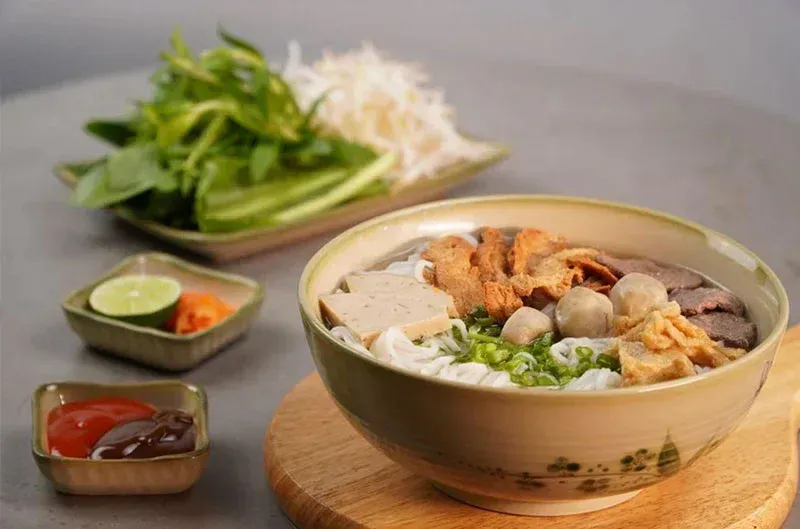
This adaptability mirrors a deeper worldview: identity is not static but resilient, capable of growth and renewal. When modern chefs add avocado to a spring roll or craft vegan versions of classic stews, they honor the spirit of innovation that has always defined Vietnamese cooking. Each new iteration is a testament to a culture that survives—and thrives—by embracing change without losing its philosophical core.
Eating as Enlightenment
In Vietnamese culture, food is never just food. It is a conversation between earth and sky, past and future, self and community. Through the philosophies of balance, seasonality, communal sharing, mindfulness, and aesthetic harmony, every meal becomes an opportunity to live more fully—attuned to nature’s rhythms, connected to others, and present in each moment.
The next time you lift a chopstick to sample spring roll or sip fragrant broth, remember: you are participating in a tradition that sees eating as enlightenment. Vietnamese cuisine teaches us that true nourishment spans far beyond calories—it feeds our deepest longing for harmony, compassion, and beauty.
Join Up Travel for immersive culinary journeys that bring Vietnamese food - Tailored Just For You.
